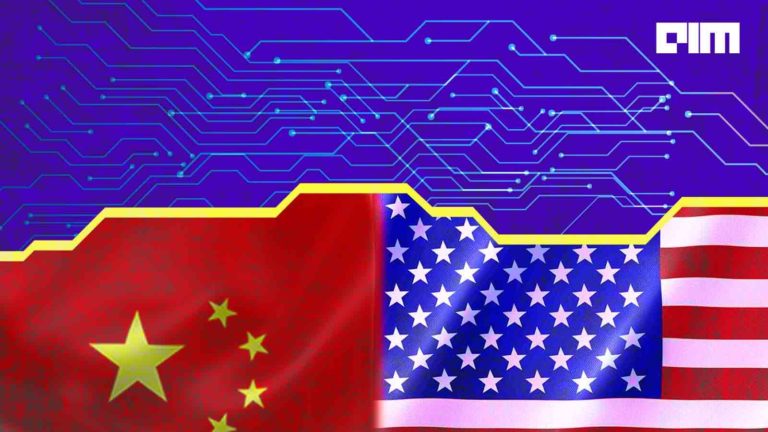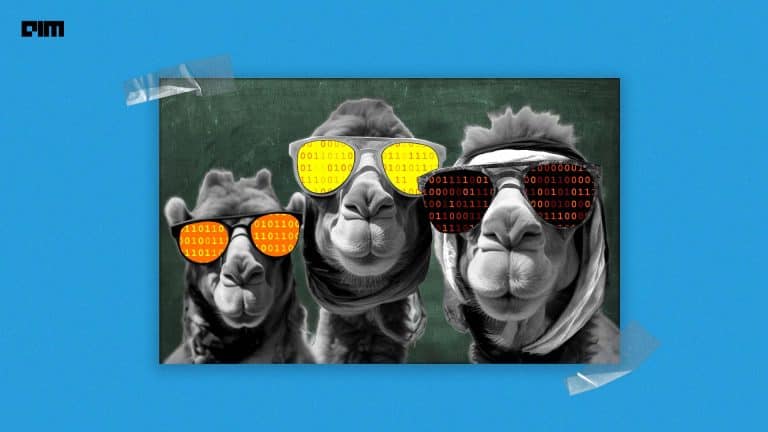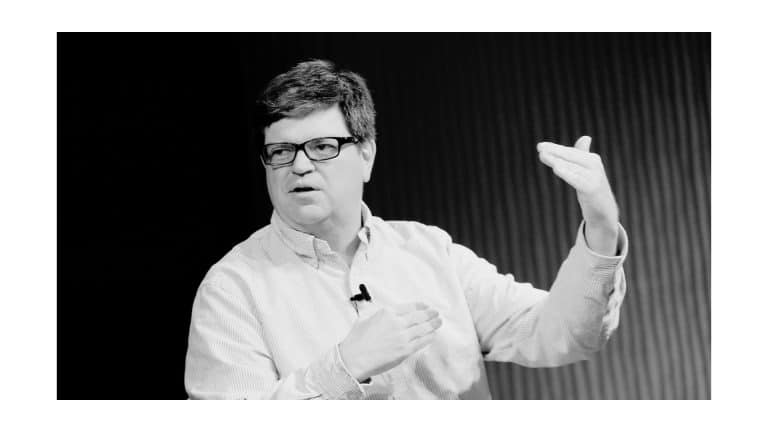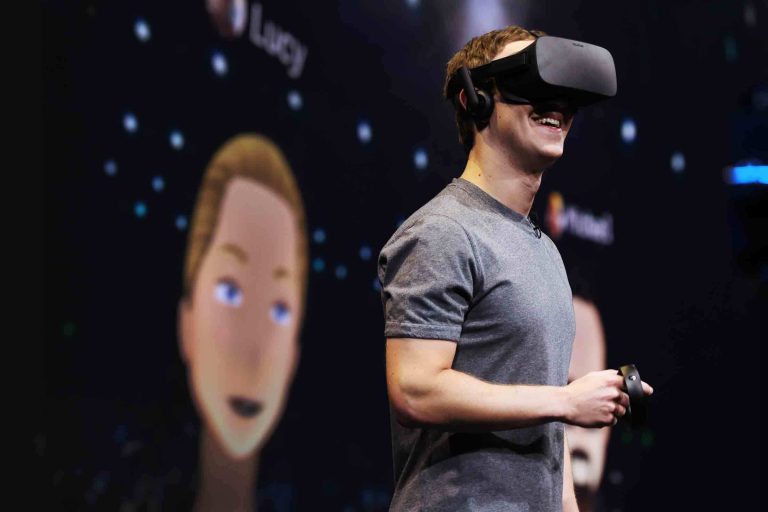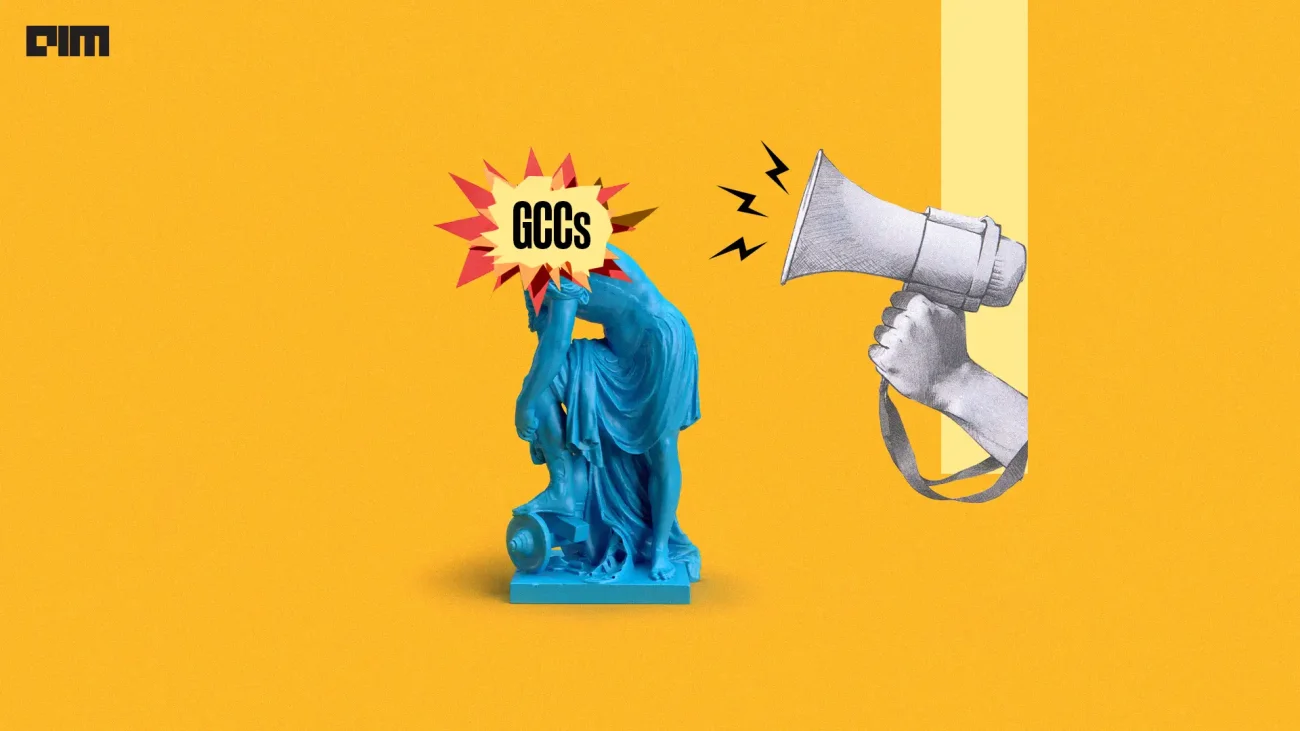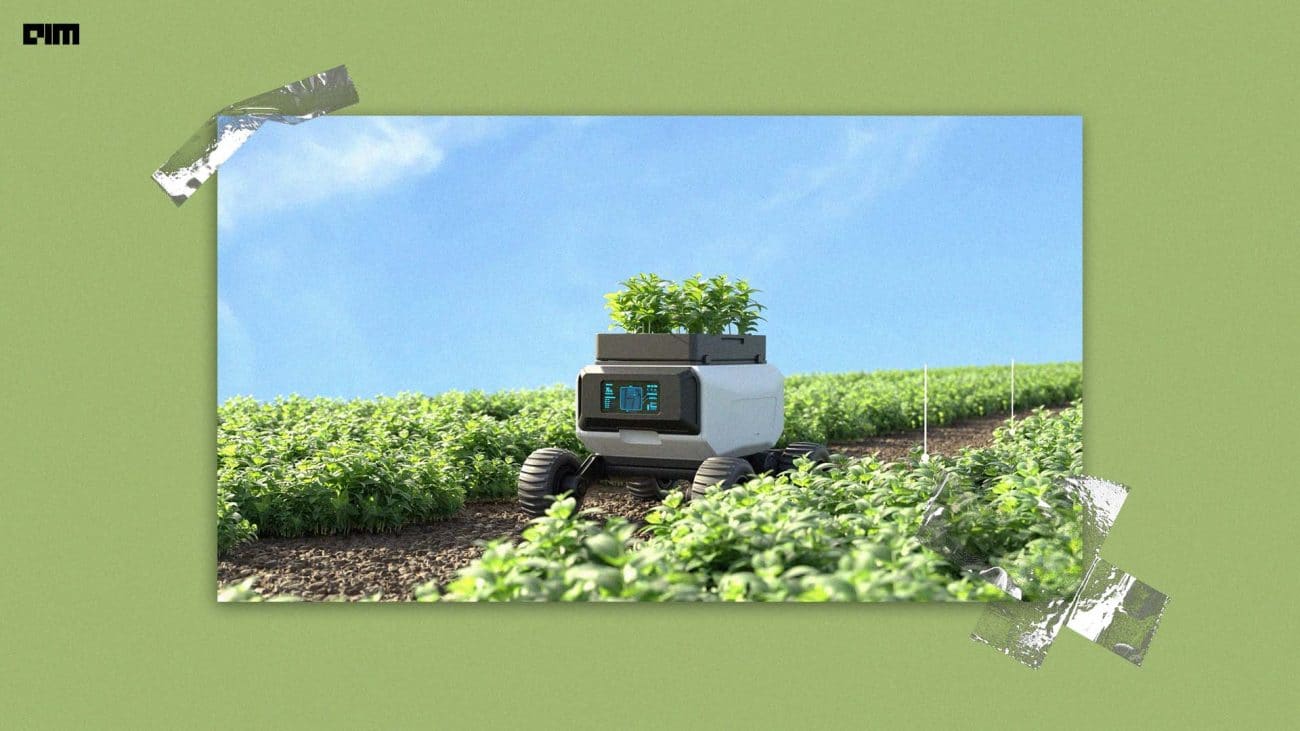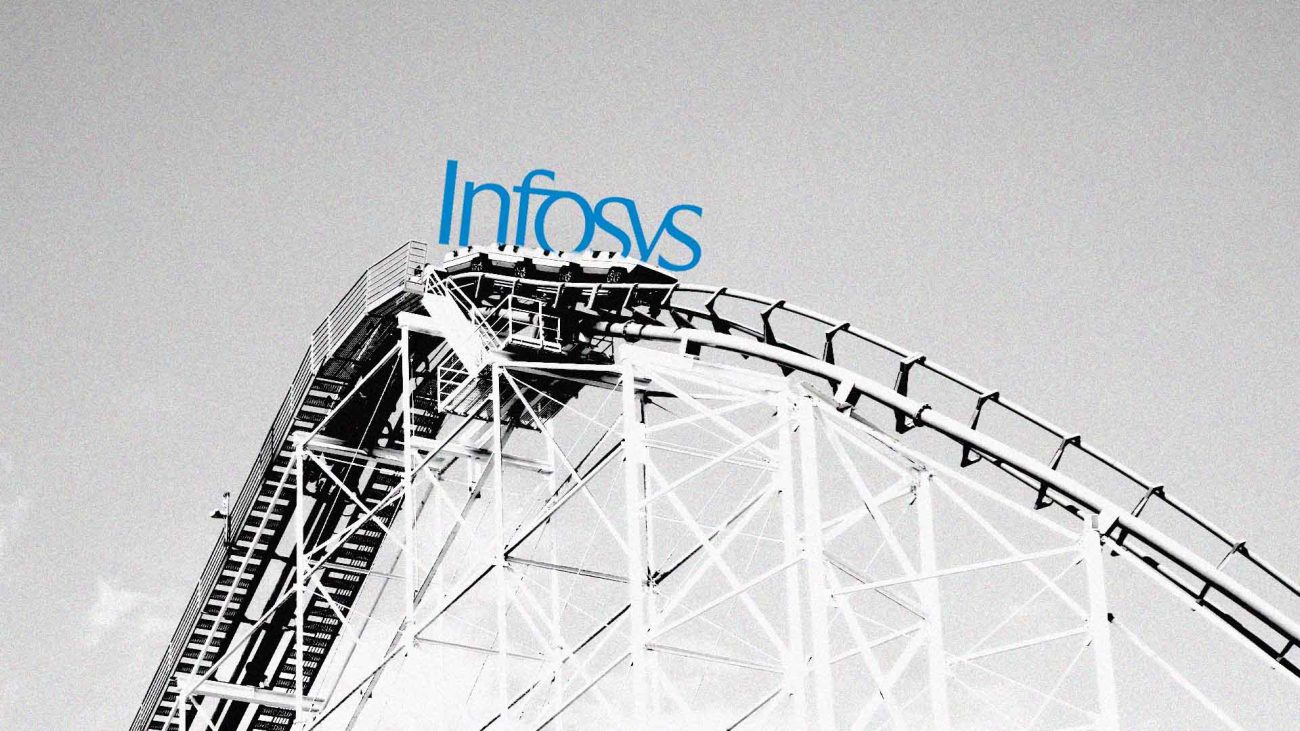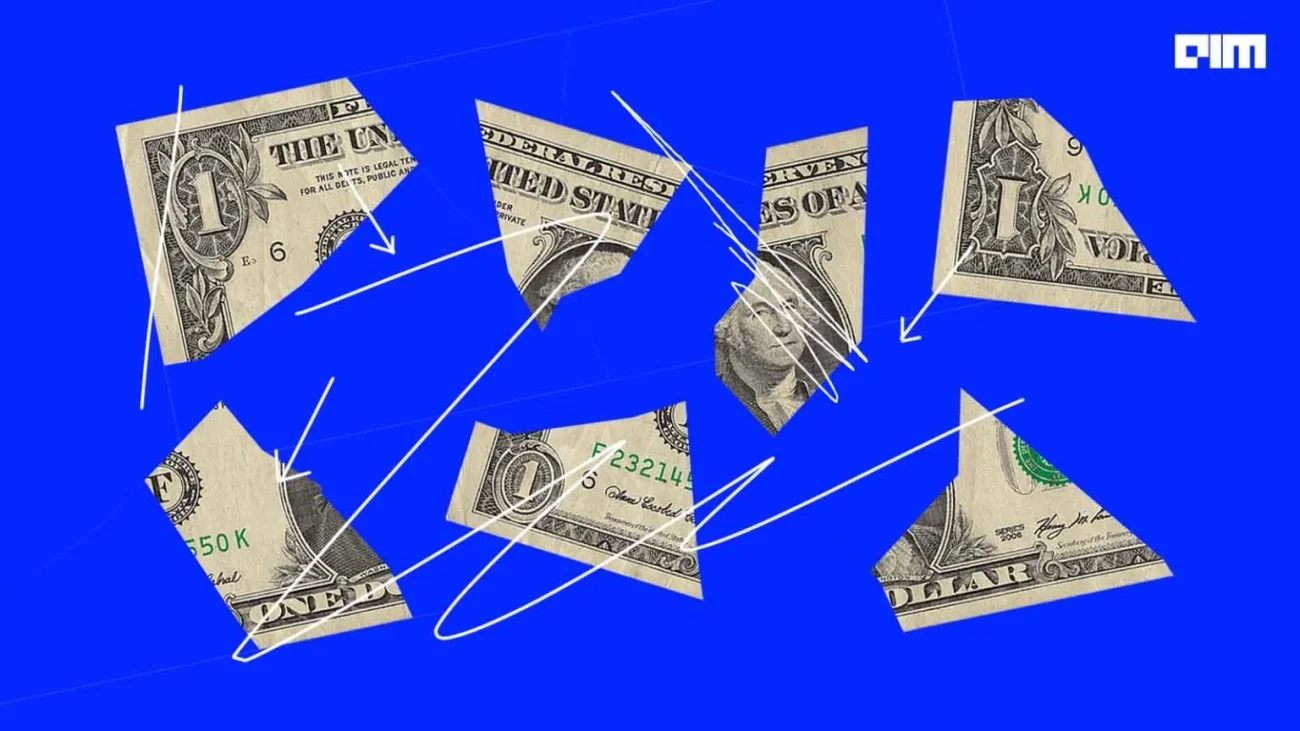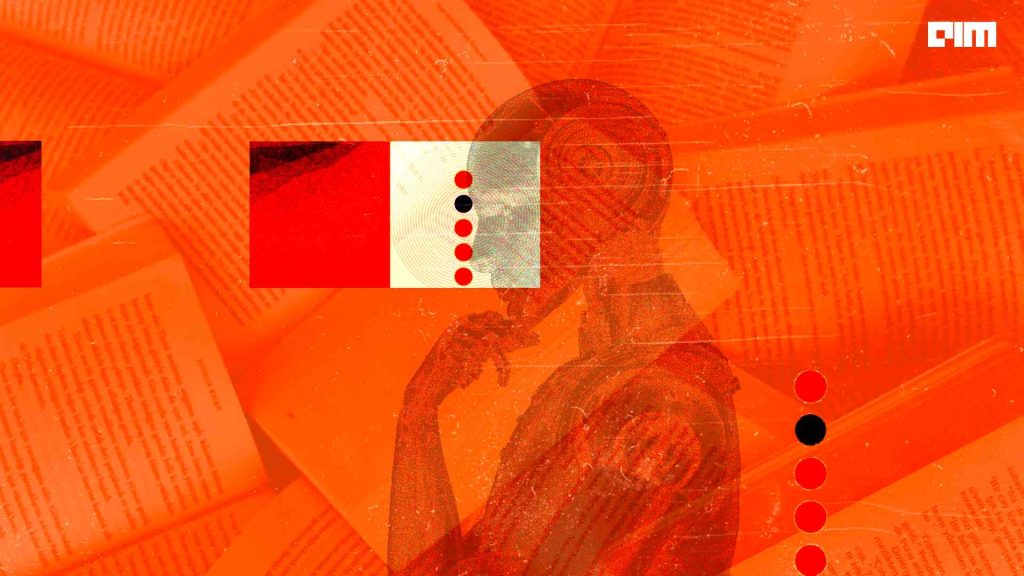|
Listen to this story
|
Snapchat has figured out a way to monetise its AI chatbot My AI. In a blog, earlier this week, Snap Inc revealed that 20% of Snapchat’s monthly user base, which stands at an astounding 150 million users, sent 10 billion messages to My AI. The instant messaging platform gained insights from users data on its chatbot to personalise and amplify its advertising business.
‘The virtual friend within Snapchat’ has also helped its parent company in expanding its revenue streams through paid subscriptions, amassing more than 3 million subscribers.
How Snapchat Cracked it
Tighter regulation, policy restrictions and cost control are some of the challenges faced by the advertising industry. Advertising giants like Google, Meta and others are experiencing revenue decline. Alphabet reported a 4% decline in its revenue in the last quarter to USD 59 billion from USD 61 billion.
Since 78% of Google’s revenue comes from advertising, according to its Q4 figures, the ad retraction dragged on parent company Alphabet’s performance, which led to just 1% overall growth.
To combat these challenges social media platforms, heavily reliant on advertising, are turning to generative AI. One of the many advantages of generative AI ads is the ability to deliver highly personalised content to users. Such ads can significantly tailor their messaging, visuals, and offers to cater to the specific needs and interests of individuals based on user data and extensive interactions.
More personalisation would only lead to more relevant ads and enhance user experience, which would in turn drive higher engagement and conversion rates.
Snapchat’s primary feature is its private person-to-person messaging, which limits the company’s access to user activities. Previously, Snap relied on clues from publicly posted stories or the Spotlight video feed to gather information. However, with the introduction of conversations with My AI, Snap can now utilise these interactions to target commercial messages based on users’ interests.
Snap has started experimenting with sponsored links from advertisers within conversations with My AI. This could potentially involve including product links in discussions about clothing or beauty, which have already generated over 28 million chats with My AI in the US, India, France, and Great Britain.
Showing the Way to Google, Microsoft
On the other hand, Google is also integrating generative AI tools into its advertising platform to automate the creation of ads using marketers’ materials. This includes generating text, images, and setting campaign goals for effective measurement. The technology behind these tools is derived from Google’s Bard chatbot. Google assures that auto-generated or auto-augmented ads will be based on existing assets, ads, or landing pages to avoid spreading inaccurate information.
Recently, Google unveiled a range of generative AI enhancements aimed at enabling merchants to customise ads and streamline listings. These efforts align with Google’s focus on improving generative AI features, as seen through enhancements in its ‘Search’ and ‘Perspectives’ tools announced at the Google I/O event. These updates are crucial for Google, as its parent company, Alphabet, experienced consecutive declines in advertising revenues.
Furthermore, Google has introduced a conversational experience in Google Ads, enabling businesses to leverage Google AI for creative ideas, including keywords, headlines, descriptions, and other campaign assets. Google is also enhancing automatically created assets (ACA) with generative AI to create and adapt Google Search ads based on user input, improving alignment between search queries and ad content.
Microsoft is also testing ads within its Bing chatbot, aiming to increase user engagement and attract more advertisers. The ads are inserted into responses generated by the chatbot, and Microsoft expects them to receive more prominence on the page compared to traditional search ads. The company is also planning a specific ad format targeted at advertisers in certain industries, such as hotel ads, appearing when users inquire about the best hotels in a particular location.
Integrating ads into the chatbot helps prevent pushing ads further down the page. The new Bing has a waitlist of millions of users and could be a lucrative opportunity for Microsoft, with every percentage point of market share potentially generating $2 billion in ad revenue. Microsoft indicated that links at the bottom of AI-generated search responses could be spaces for ads. In a recent interaction, Bing included advertisements for car air filters when asked about their prices.
These developments lead the way for Big Techs to extract deeper insights and serve increasingly enticing ads. This would benefit not only the platforms but the brands employing their services. It would also be convenient for customers, but there are privacy concerns associated which these companies need to address.





